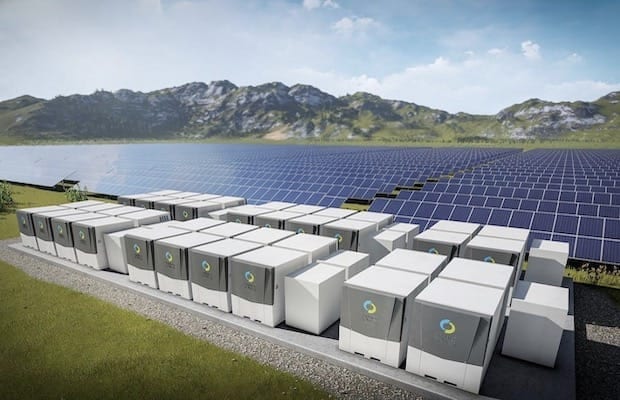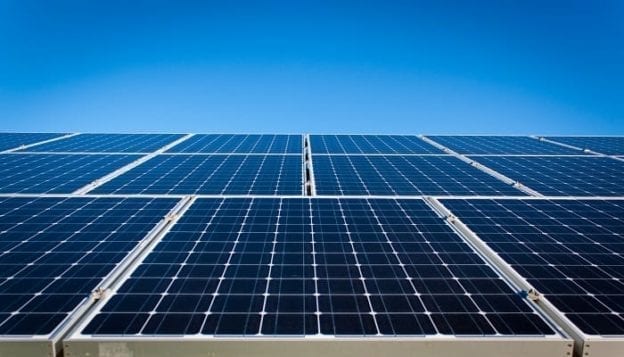Tag: Sector
Coal Shipments to Power Sector at Lowest Level in 14 Years
The post Coal Shipments to Power Sector at Lowest Level in 14 Years appeared first on POWER Magazine.

Shipments of coal to U.S. power plants in 2020 fell 22% year-over-year, according to data released May 13 by the U.S. Energy Information Administration (EIA). The agency said the U.S. power sector received 428 million short tons (MMst) of coal last year, the lowest amount since the EIA began publishing shipment data in 2007.
The EIA said the COVID-19 pandemic was partly to blame for the drop, as demand for electricity fell nationwide. The agency in April reported that U.S. energy consumption in 2020 fell 7% year-over-year, which it said “marked the largest annual decrease in U.S. energy consumption in both percentage and absolute terms in our consumption data series that dates back to 1949.”
Thursday’s report also pointed to the ongoing decline of U.S. coal-fired power generation; federal data shows about 9.5 GW of coal-fired generation was shuttered nationwide last year, the fourth-highest total since 2009.…
Cyber Risks Are Top of Mind Throughout the Power Sector
The post Cyber Risks Are Top of Mind Throughout the Power Sector appeared first on POWER Magazine.

The electric power sector in the United States has a long history of facing threats to our infrastructure—whether they are natural or man‐made. While cyberthreats are indeed much more complex, particularly when you consider that some of our cyber adversaries are nation states, the industry has a strong foundation of preparedness, resilience, and response. Though much progress has been made, we recognize that the capability of cyber adversaries continues to evolve at a rapid pace and that requires a more strategic approach to this threat.
The electric power sector established the CEO‐led Electricity Subsector Coordinating Council (ESCC) to tackle strategic, policy, and operational/tactical efforts to prepare for and respond to all threats facing the sector. The ESCC includes representation from utilities of all sizes and accomplishes its objectives of collective defense, collective response, and preparedness and resilience through close coordination at senior levels within the federal government, such as the U.S.…
Reduced Cost for Renewables Supports Sector Growth
The post Reduced Cost for Renewables Supports Sector Growth appeared first on POWER Magazine.

A new report from the International Renewable Energy Agency (IRENA) shows costs for renewable power are increasingly cheaper than those for generation from coal, reinforcing the trend of increased investment in solar and wind power and away from fossil fuel-powered electricity production.
The IRENA report—Renewable Power Generation Costs in 2019—showed that more than half of the new renewable energy generation capacity added worldwide last year operated at a lower cost than even the least-expensive new coal-fired power plants. Its findings echoed the sentiments of several U.S. renewable energy advocates who participated in an online panel discussion Tuesday organized by the American Wind Energy Association (AWEA) and attended by POWER.
The report, released June 2, said recent power auction results show the trend of cheaper solar photovoltaic (PV) and onshore wind power is accelerating, putting more economic pressure on coal plants, and “reinforcing the case to phase-out coal entirely.”…
Clean Energy Sector Sheds 106,000 Jobs in March
The post Clean Energy Sector Sheds 106,000 Jobs in March appeared first on POWER Magazine.

The renewable energy sector has been hit hard by the coronavirus pandemic, with more than 106,000 U.S. workers losing their jobs last month, according to an analysis of unemployment data released April 15 from several clean energy groups.
Wednesday’s report said hundreds of thousands more job losses in the sector are expected in the next several months due to the impact of COVID-19 lockdowns and quarantines, which have disrupted supply chains and created project delays worldwide.
The analysis of Department of Labor data by groups including E2 (Environmental Entrepreneurs), the American Council on Renewable Energy (ACORE), E4TheFuture, and BW Research Partnership found that 106,472 workers in clean energy occupations filed for unemployment benefits in March. Those job losses wiped out all 2019 job gains in the clean energy sector, which includes renewable energy, energy efficiency, clean vehicles, energy storage, and clean fuels.
Jobs lost include electricians, HVAC and mechanical trades technicians and construction workers who work in energy efficiency; solar installers; wind industry engineers and technicians; and manufacturing workers employed by electric and other clean-vehicle manufacturing companies and suppliers.…